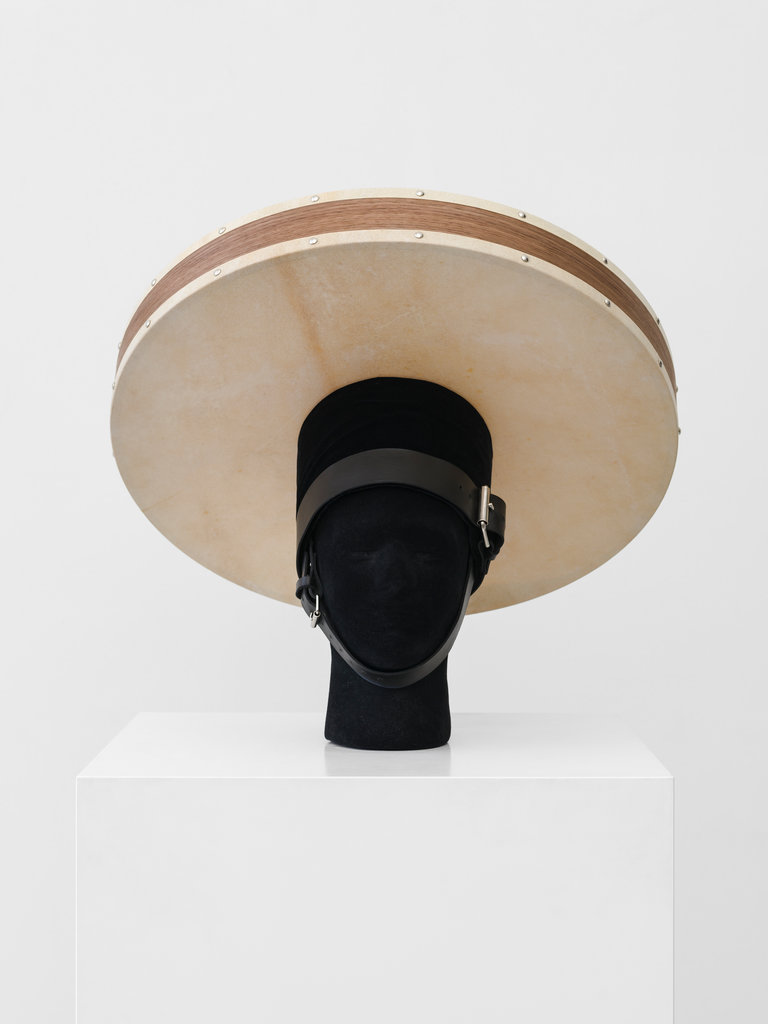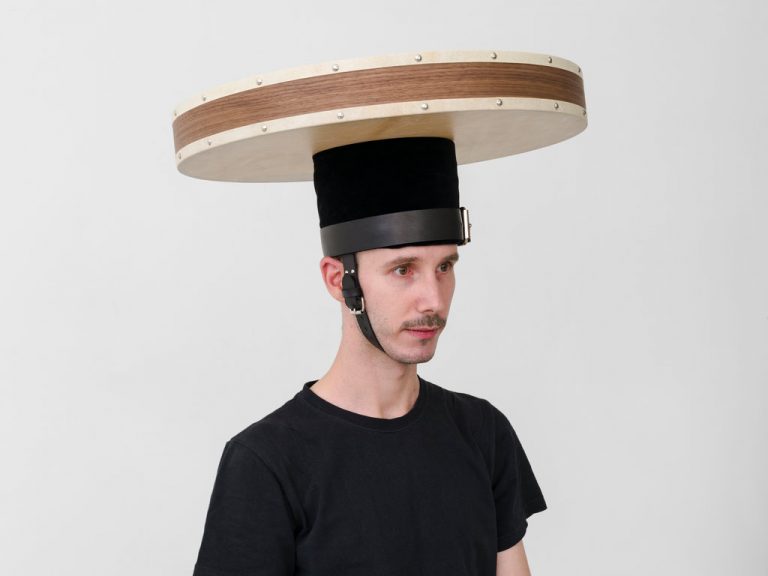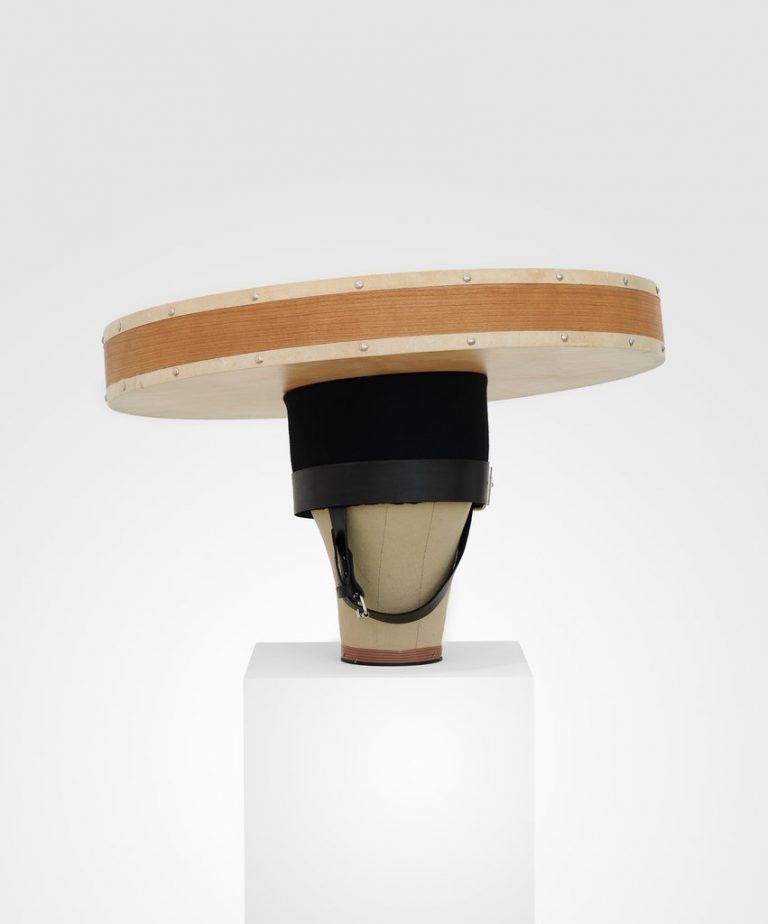Mary Ramsden*
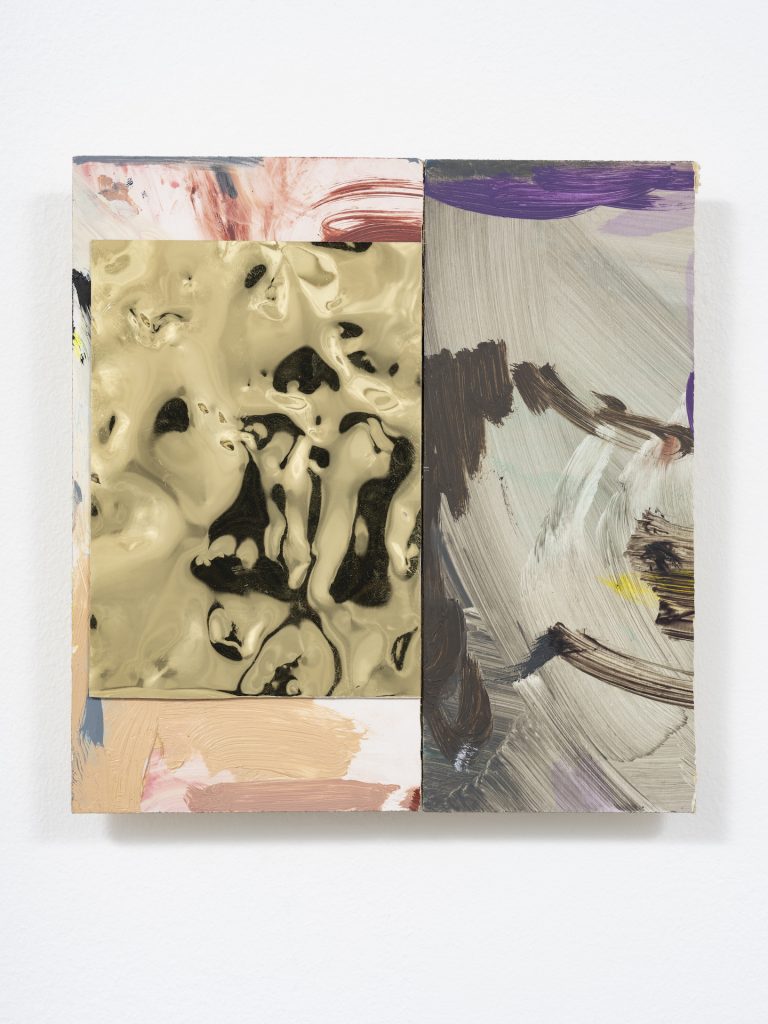
Mary Ramsden, Debjani, 2020. Courtesy the artist and Wentrup Berlin / Photo Damian Griffiths
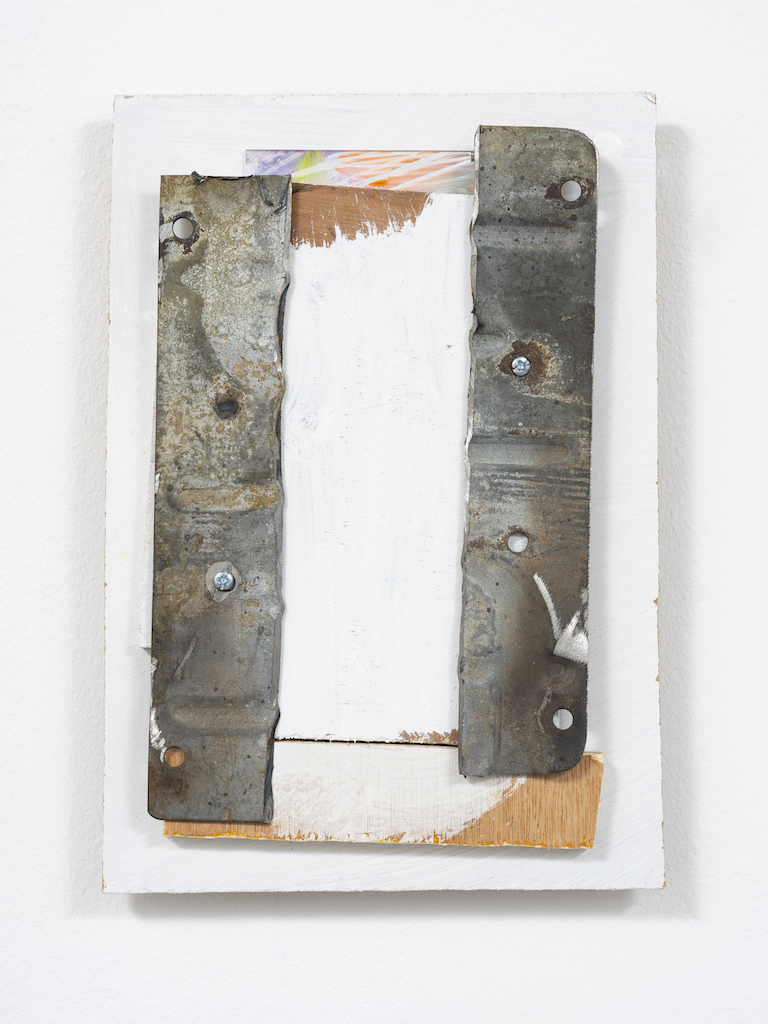
Mary Ramsden, Kira, 2021. Courtesy the artist and Wentrup Berlin
Mary Ramsden schafft abstrakte Kompositionen, in denen amöbenartige Formen mit kühnen, gestischen Markierungen verschmelzen. Mary Ramsdens subtile Bilder entfalten ihre Wirkung im Zusammenspiel mit den unterschiedlichen Markierungen und der Umgebung. Ramsdens Arbeitsweise ist unapologetisch malerisch. Ihre Arbeiten zeugen von einem Engagement für die Malerei als progressive Sprache, die unsere aufmerksame Auseinandersetzung fordert. Strategisch verweigert sie referenzielle Lesarten und stellt gemalte Objekte her, deren kompositorische Einheit die Komplexität ihrer Herstellung verleugnet. In Ramsdens Werk ist selbst die subtilste Anpassung generativ. Jede Verschiebung der Farbpalette, jede Variation des Maßstabs oder jede Nuance der Markierung bewirkt eine schrittweise Entwicklung innerhalb eines breiteren Schemas des Experimentierens. Ein wiederkehrendes Thema in Ramsdens Werk ist die Beschäftigung mit dem Rand: ein Anliegen, das formal umgesetzt und methodisch verfolgt wird.
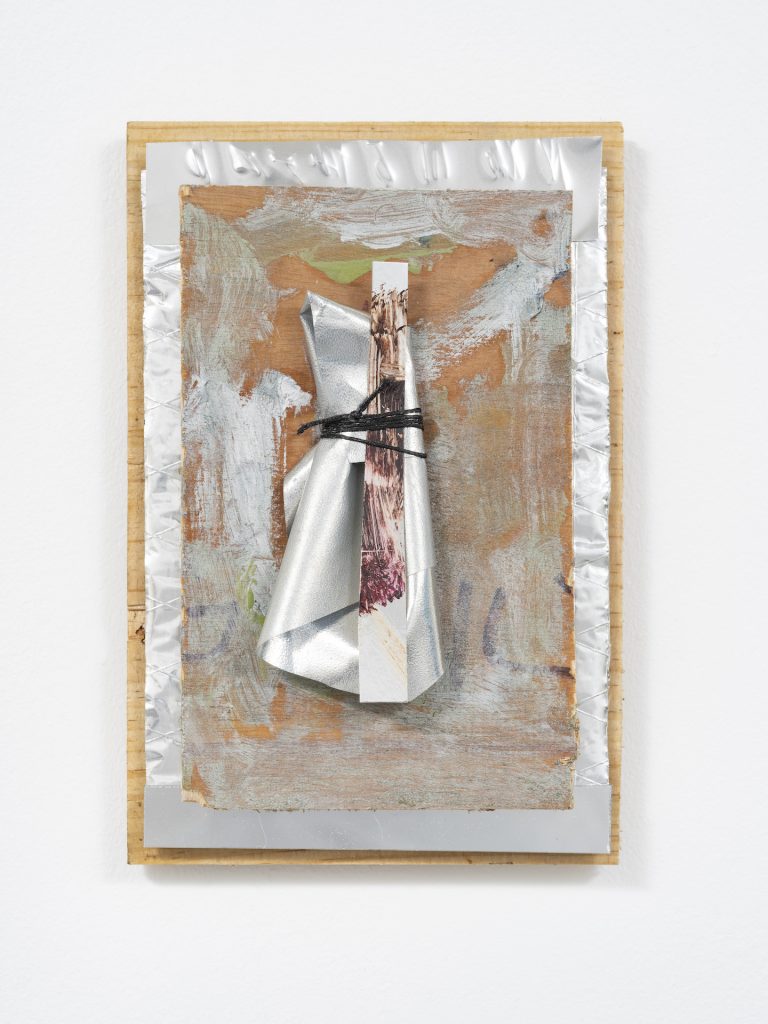
Mary Ramsden, Marianne, 2020. Courtesy the artist and Wentrup Berlin / Photo Damian Griffiths
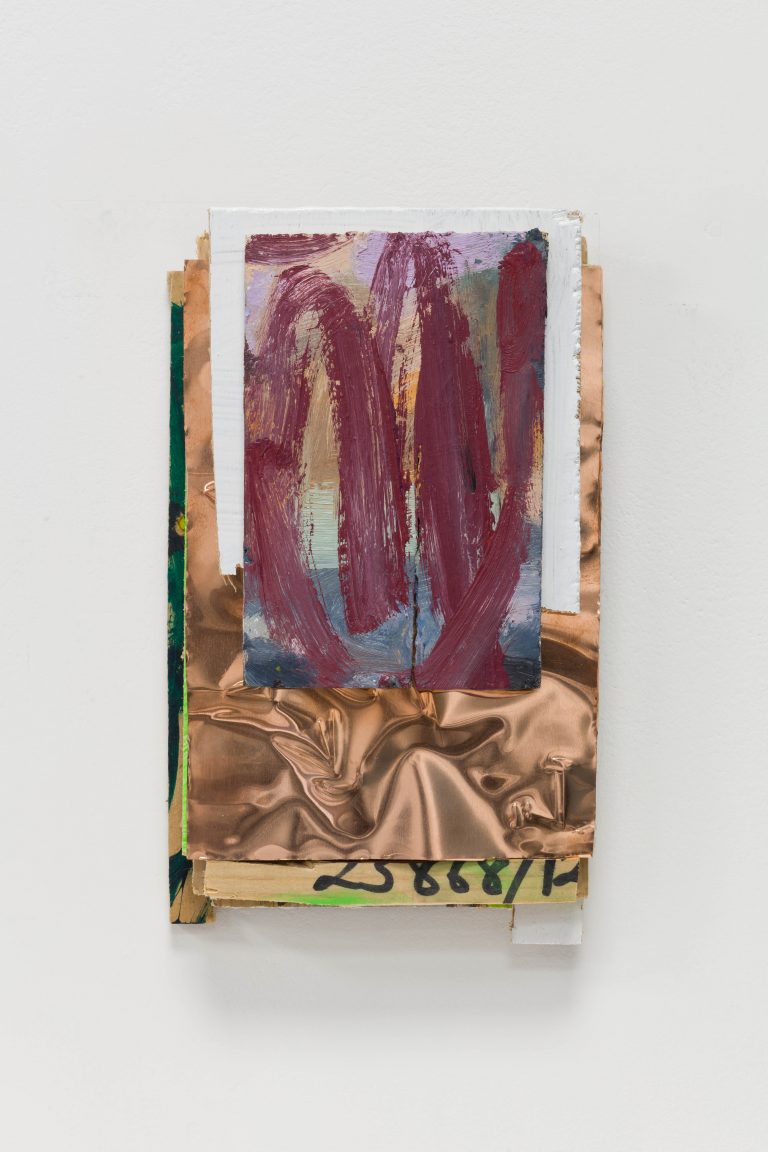
Mary Ramsden, Laura, 2021. Courtesy the artist and Wentrup Berlin / Photo Damian Griffiths
Nevin Aladağ
Body Instruments
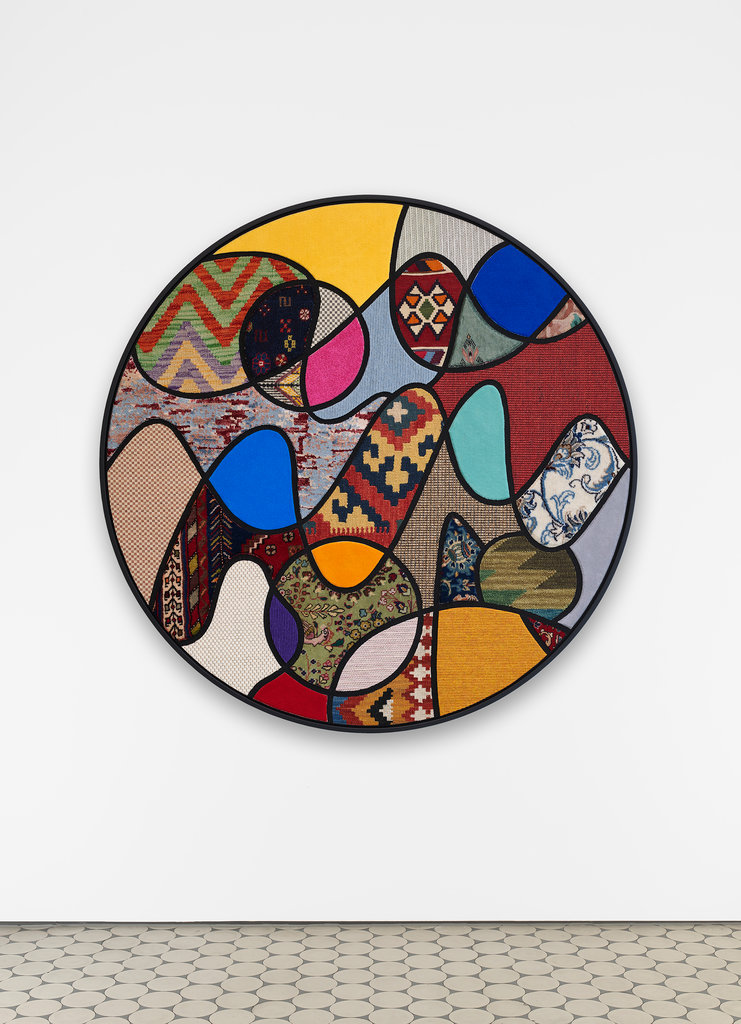
Nevin Aladağ, Social Fabric, right round, 2021. Courtesy the artist and Wentrup Berlin
WENTRUP is pleased to present Nevin Aladağ’s fifth solo show at the gallery. An unexpected appearance of sound is characteristic of Nevin Aladağ’s works. In the current exhibition, everyday situations are put to the test for their sonorous potential.
Since she participated in documenta 14 with the Music Room Athens and more recently with her Resonating Sculptures, Aladağ has repeatedly attracted attention with groups of works that reinterpret mostly silent objects as musical instruments. This often happens with the collaboration of professional instrument makers. Thus, the mid-century table could actually become a playable santouri in the Music Room series, or as in Resonating Wind, the artist combines several instruments into a utopian, but still playable object so that different wind instruments combine in a spherical space. Based on these series, new objects can now be seen in her solo exhibition at Wentrup, which reveals two new directions within her oeuvre. Aladağ now tests the potential of the exhibition space as a sounding body by means of an instrument, activating it and making it sound as one entity. Formally, the objects from this Resonating Space series are related to Minimal Art in general and the so-called Corner Pieces in particular, put against this backdrop, they are particularly captivating because of the simple, yet, persuasive trick of traversing the boundaries of the exhibition space to reinterpret it as a playable sound body. Her Square Bells and a Corner Harp in this sense become an extension of the exhibition space as an unexpected resonating space charged with acoustic possibility.
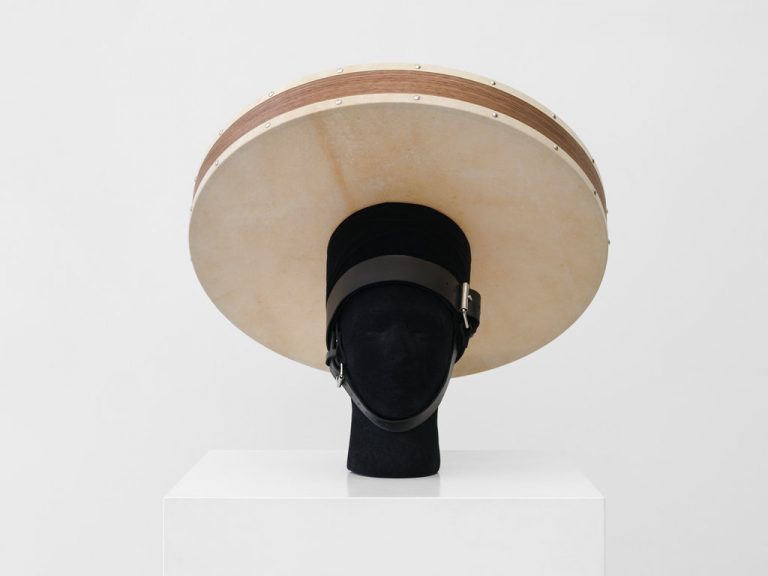
Nevin Aladağ, Body Instruments, Rainmaker Hat, 2021. Courtesy the artist and Wentrup Berlin
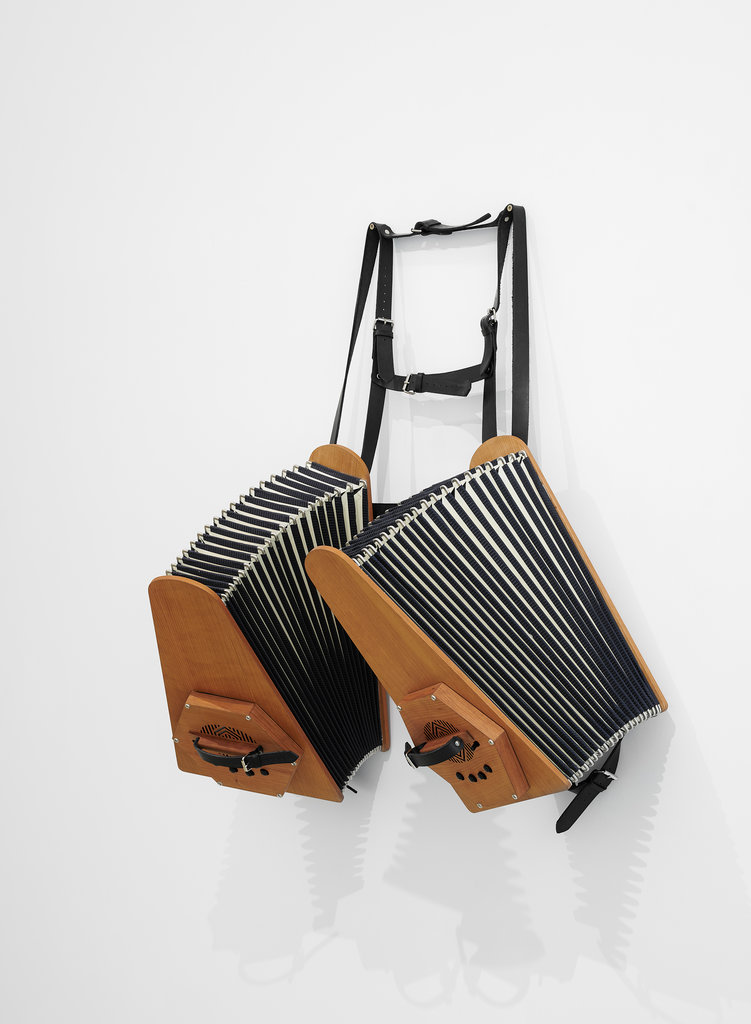
Nevin Aladağ, Body Instruments, Accordion Wings, 2021. Courtesy the artist and Wentrup Berlin
In addition, Aladağ now brings the human body back into play. Thus, a harp in monochrome blue blends into the space in such a way that we are reminded of Valie Export’s actions and paintings in which the body is placed in and around the architectural space. Thinking of body and architecture in a sound context also bridges the Body Instruments presented in the exhibition. They are portable instruments, i.e., instruments that can actually be put on, which are placed on, around, and on the human body. It was precisely these objects that could be seen in the recent Museum Tinguely show in Switzerland, in which they conquered the urban space performatively as wandering instruments in connection with a human body. The Body Instruments are thus not only related to the body but also contain the sonic activation of the architectural or urban space through the body itself moving in it. Everyday human movements make it sound, through a shake of the head (Rainmaker), a step (Foot Bells), or the movement of the arm (Accordion-Wings).
In keeping with the new directions in Aladağ ‘s work, the exhibition features new works from the series of Social Fabric. In the context of the Body Instruments exhibition, these carpet works, which come from different regions and cultures, are now characterized by new, curved forms, which are reminiscent of stylized sound waves that are superimposed “symphonically” from the most diverse origins. However, in their form as circular blanks, they also speak to the fabrics of stereo systems drawn over the loudspeakers or the sound panels made with textile in recording studios, which distribute or swallow the reverberation. The abstract lines of the Social Fabric discs thus also complement the geometric wall objects such as Round Drum, Hexagon Drum, Triangle Drum, or Square Drum. They point to a possibly central question within this exhibition: can the exhibition space be condensed as a substantial sound body and abstract pictorial space in one object?
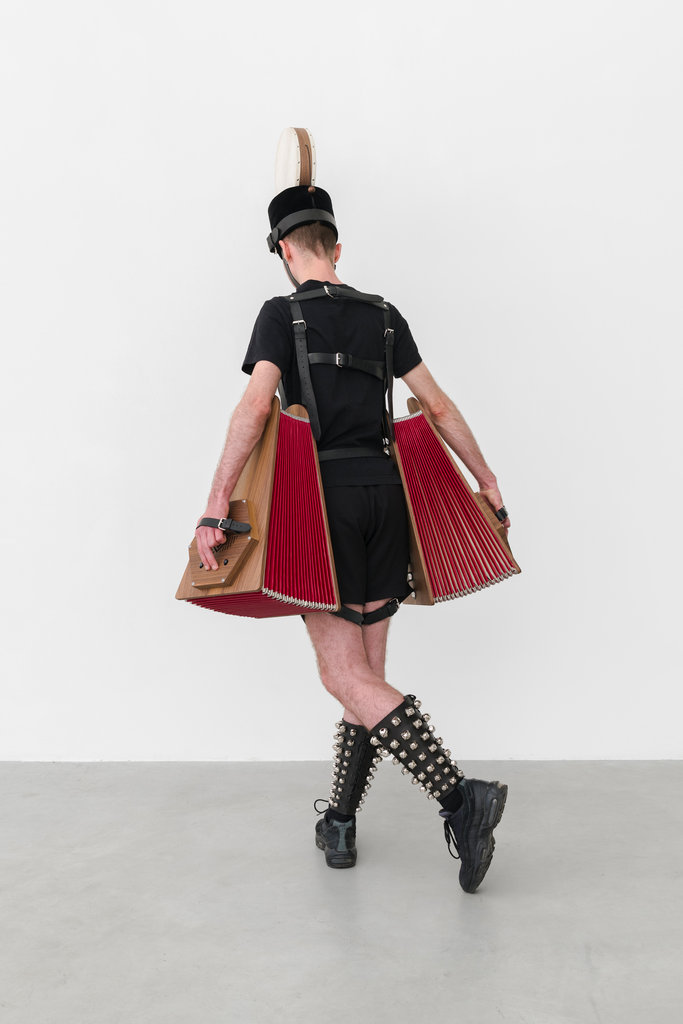
Nevin Aladag, Body Instruments, Accordion Wings”, 2021. Courtesy the artist and Wentrup Berlin / Photo by Trevor Good
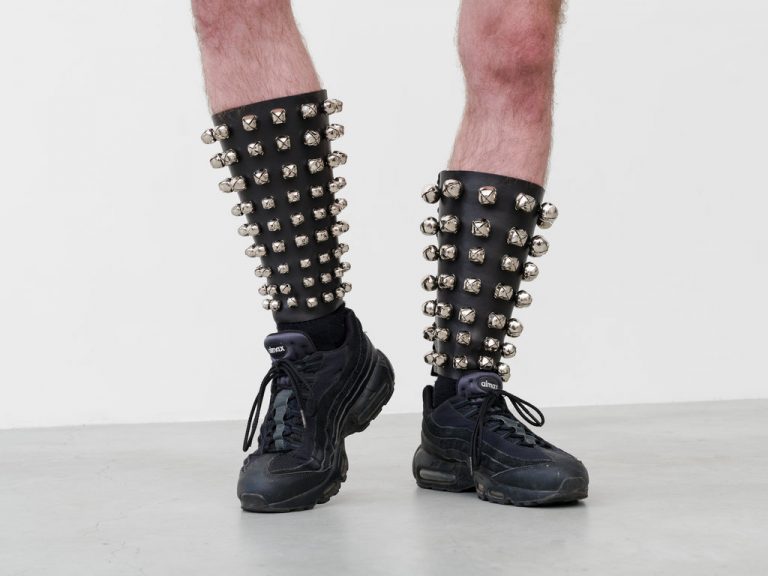
Nevin Aladag, Body Instruments, Foot Bells, 2021. Courtesy the artist and Wentrup Berlin / Photo by Trevor Good
Nevin Aladağ lives and works in Berlin. Her works have been shown internationally in various solo exhibitions such as Museum Villa Stuck, Munich (2021); Lehmbruck Museum, Duisburg (2021); the Museum of Modern Art, San Francisco (2020); Hayward Gallery, London (2020);, Kestner Gesellschaft, Hannover (2018); Albertinum, Dresden (2018); Salzburger Kunstverein (2017); Lentos Kunstmuseum, Linz (2016); Kunstmuseum Stuttgart (2015); Kunsthalle Basel (2014); Art Space Pythagorion, Samos (2014) and Arter, Istanbul (2012) among many others. She was also part of group shows, including Tinguely Museum, Basel (2021); ArtScience Museum, Singapore (2021); Kunsthalle Mannheim (2020); Hamburger Bahnhof, Berlin, (2020); Schirn Kunsthalle, Frankfurt (2019); Martin-Gropius-Bau, Berlin (2019); The High Line, New York (2019); Kemper Museum of Contemporary Art, Kansas City (2018); Bundeskunsthalle, Bonn (2018); 57th Venice Biennale, Venice (2017); documenta 14, Athens and Kassel (2017); Istanbul Museum of Modern Art (2017); Ruhr Triennale (2016); The Jewish Museum, New York (2015); Istanbul Modern (2014) and Sharjah Biennial 11 (2013).
Her works are represented in the following collections, among others: SFMOMA, San Francisco; Kunsthalle Mannheim; European Central Bank, Frankfurt; Pinakothek der Moderne, Munich; Kunstmuseum Stuttgart; Neue Nationalgalerie, Berlin; DEKA Bank, Frankfurt; Hamburger Kunsthalle; Sammlung Philara, Düsseldorf; Sammlung zeitgenössischer Kunst der Bundesrepublik Deutschland; Centre Pompidou, Paris; Vehbi Koc Collection, Istanbul; Collection of Sheikha Hoor al-Qasimi, Sharjah; TBA21, Vienna; LK11 Art Foundation Shanghai and Hong Kong.

